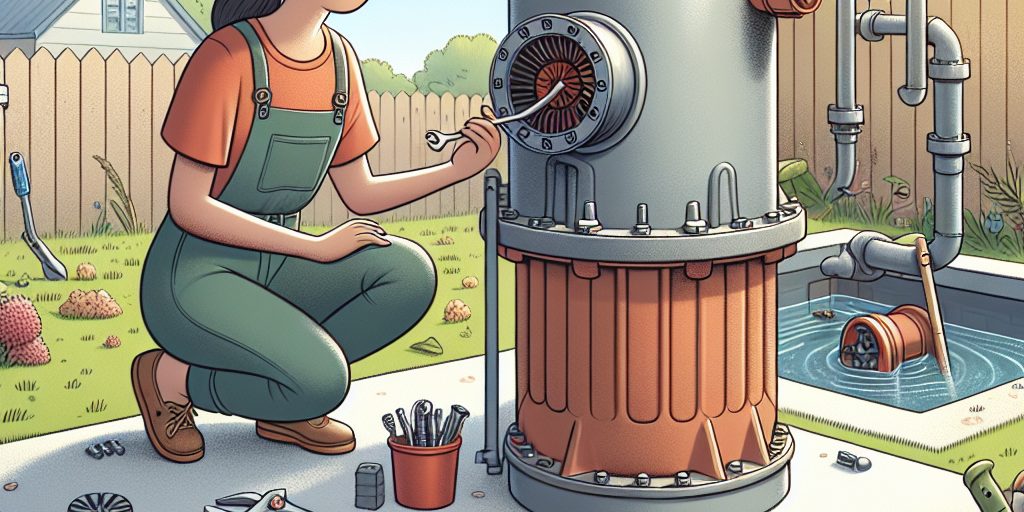How Often Should You Replace Your Air Blower in an HSTP?
Heat pump blower motors are critical components in maintaining efficient system performance. These essential mechanical parts play a significant role in managing airflow and temperature regulation within treatment systems. Understanding their lifespan and maintenance requirements can help prevent unexpected failures and optimize operational efficiency. Proactive monitoring and strategic maintenance can extend the functional life of your blower motor. Regular professional inspections can identify potential issues before they escalate into major system problems.
Key Takeaways
- Typical blower motor lifespan ranges from 15 to 20 years
- Professional maintenance prevents premature failure
- Performance indicators signal potential motor replacement needs
- Climate and usage impact motor longevity
- Energy efficiency improvements justify strategic motor replacement

Understanding Blower Motor Lifespan
Heat pump blower motors typically operate for 15 to 20 years under optimal conditions. Variable-speed motors demonstrate superior performance compared to single-speed alternatives. The motor’s functionality depends on multiple factors including manufacturing quality, operational frequency, and environmental conditions.
Air-source heat pumps generally maintain reliable performance for 10 to 12 years, with potential extensions up to 15 years through strategic maintenance practices. Households experiencing extreme operating conditions might encounter shorter motor lifespans.
Critical Warning Signs
Identifying potential motor failure requires careful observation of system performance. Unusual operational sounds like grinding or screeching indicate potential mechanical issues. Reduced airflow from vents suggests decreased motor efficiency. Unexpected increases in energy bills can signal impending motor problems. Performance drops of 10-15% frequently precede complete motor failure.
Specific warning indicators include:
– Inconsistent temperature regulation
– Increased system noise
– Higher energy consumption
– Reduced overall system performance
Maintenance Strategies
Preventative maintenance represents the most effective strategy for maximizing blower motor longevity. Professional inspections twice annually can identify potential issues early. Regular filter replacements every 2-3 months help maintain optimal system performance. Checking electrical connections and refrigerant levels ensures consistent operational efficiency.
Households with specific environmental challenges, such as pet ownership or allergy concerns, might require more frequent maintenance interventions. Climate and usage patterns significantly impact motor performance and potential replacement timelines.
Replacement Considerations
Determining whether to repair or replace involves multiple strategic considerations. Age represents a primary factor, with motors approaching 10-15 years potentially requiring replacement. Cost-benefit analyses can help guide decision-making, considering potential energy efficiency improvements with newer models.
Professional assessments provide comprehensive insights into system performance and potential replacement needs. Advanced diagnostic tools enable precise evaluation of motor functionality.
Why Choose Our Services
I understand the critical role that reliable equipment plays in maintaining efficient treatment systems. Our specialized service team offers comprehensive diagnostics and strategic maintenance solutions tailored to your specific operational requirements. We combine technical expertise with practical insights to optimize your system’s performance and longevity.
By choosing our services, you’ll benefit from advanced diagnostic capabilities, expert recommendations, and proactive maintenance strategies. Our commitment extends beyond immediate repairs, focusing on long-term system reliability and operational excellence.
Your treatment system deserves professional attention. Contact our team today for a comprehensive assessment and strategic maintenance plan.







